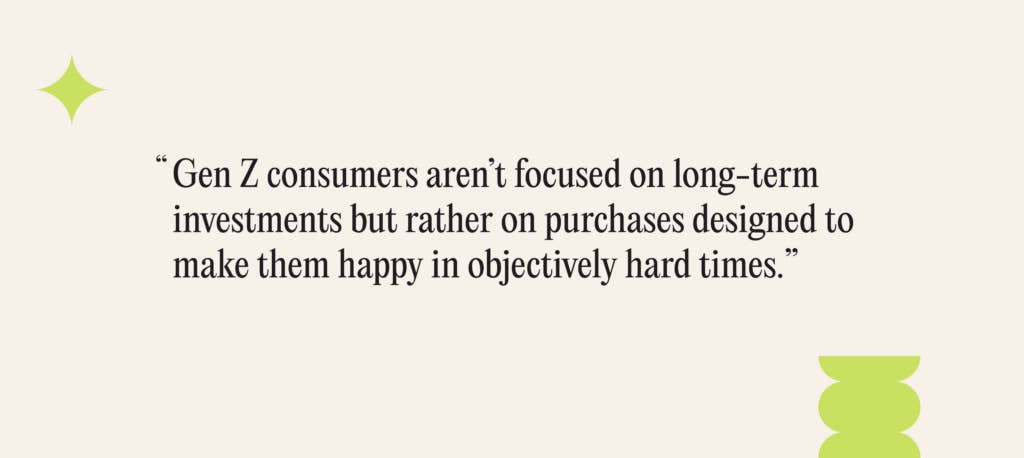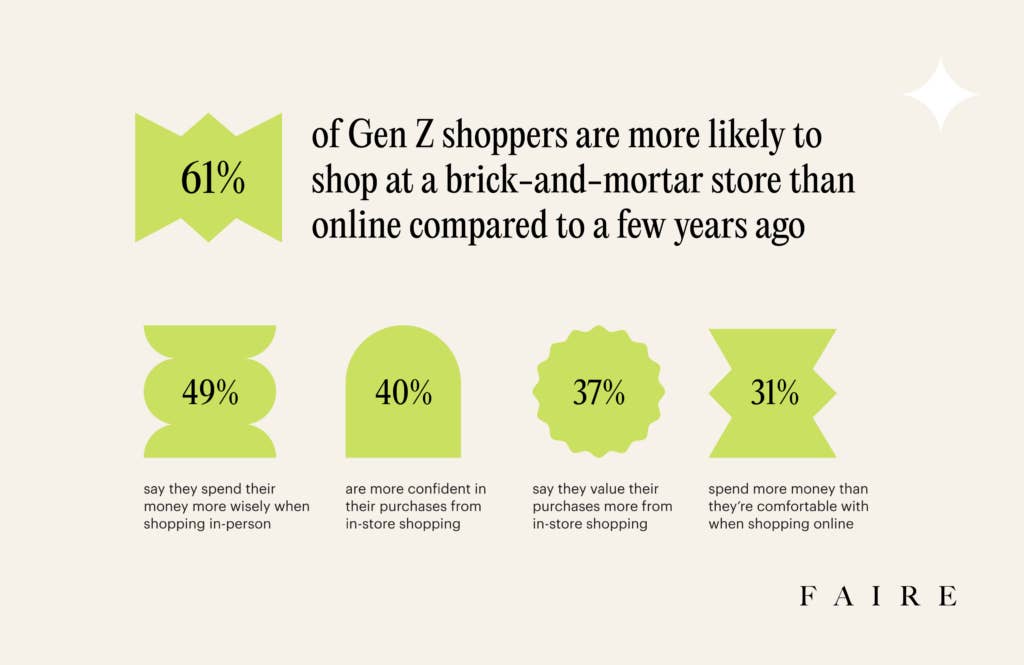
We’re excited to introduce our latest research report, How Gen Z shops: Blending brick-and-mortar with e-commerce for a new generation.
The way we shop is part of the way we live, but every generation lives differently. Gen Zers, the world’s first digital natives and most diverse cohort to date, have drawn attention for how different they are from their older counterparts, whether Boomers, Gen Xers, or even the millennials that immediately precede them. Now, as more members of Gen Z enter the workforce and drum up spending power, they’re becoming a more central focus for retailers. Spanning ages 11 to 26 with an estimated $360 billion of disposable income, this generation’s overall heft will only expand in the coming decade as younger Gen Zers reach financial maturity.

To understand Gen Z’s shopping preferences, we first have to zoom out—looking beyond the act of shopping itself to the wider attitudes toward spending and value. Gen Z’s approach to retail is being shaped by a tension: They’re shopping to quell their stress, but they’re stressed about how much they spend.
This tension around spending is leading to a reappraisal of what “value” means to Gen Z shoppers. Forty-five percent of Gen Z “don’t see a point in saving until things return to normal,” suggesting that “normal” approaches to spending, saving, and value have been suspended. With 91% of Gen Zers reporting that the cost-of-living crisis has affected the way they spend, this generation isn’t focused on long-term investments but rather on purchases designed to make them happy in objectively hard times.
As this wider “value” landscape shifts, the retail landscape is adapting to these new considerations around money and how to spend it. The pandemic’s pendulum swing toward e-commerce is swinging back toward in-person shopping. Brick-and-mortar sales grew faster than e-commerce sales in 2021 for the first time ever—in part, a product of Gen Zers’ realization that they’re more discerning offline, with 49% saying they spend more wisely when shopping in person and 40% saying they’re more confident in purchases made in person.

Retailers are rethinking how they fit in to serve Gen Z’s needs—particularly how to navigate e-commerce and brick-and-mortar to tap into the best of online and offline offerings. With this in mind, we’ve conducted research into Gen Z shopping habits in the context of online-offline divides, specifically focusing on the older end of this generation (those who are of working age and have their own income). Using cultural insights research and a survey of 1,000 adult Gen Z consumers, our report breaks down how independent retailers can adapt to this shifting landscape—from how brick-and-mortar spaces are evolving to how online spaces are pioneering new cultures and how the two offerings are being blended to create the future of retail.

Methodology
This report is underpinned by proprietary quantitative and qualitative research. A survey was conducted by Wakefield Research on Faire’s behalf among 1,000 nationally representative adults in the U.S. aged 18 to 26. Survey data has been weighted and paired with research spanning reputable secondary sources—existing journalism and cultural analysis, academic research and peer-reviewed studies, trend and futures reports, and quantitative evidence—followed by original analysis and case studies to illuminate cultural shifts and their applications to retail.

